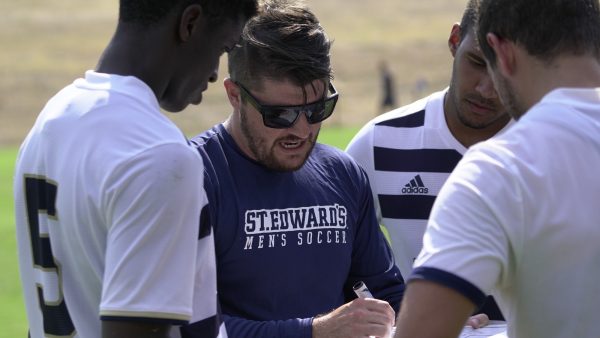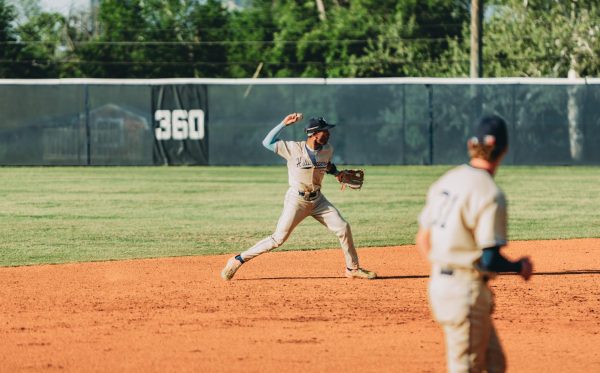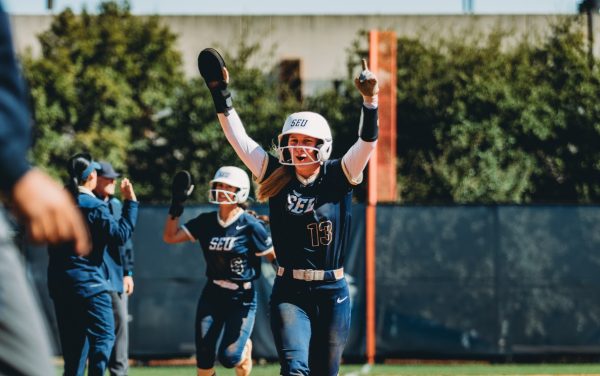COMMENTARY: Brazilian soccer plane crash sparks journalism conversation about death
The Brazilian Chapecoense soccer team was traveling to Colombia for their first playoff match in club history when their plane crashed in the mountains Nov. 29. Seventy-one people died and there were six survivors. Preliminary investigations suggest an electrical problem, but fuel problems have not been ruled out by the Colombia Civil Aviation Authority.
Videos of the athletes smiling and having fun just before take-off were trending, along with the gruesome photos of mangled bodies and limbs, which some found disrespectful — not just for the athletes’ legacies but for their grieving families.
This tragedy inspired me to comment on social concerns towards media coverage following deaths and other traumatic experiences.
It’s the media’s job to document the historical moments of life. Part of life is death. And initial reactions are pivotal. But how far is too far?
There have been multiple mass-shootings in recent years that have had a huge influence on media coverage and political agendas. In this modern age, it is very common for news outlets to contact these mass-shooting survivors on social media asking for a comment or permission to air their video content/photos of the event.
Just as people don’t like ambulance-chasing lawyers, people tend not to welcome journalists, referring to them as “vultures” who feed off misery and misfortunes.
Movies like ‘Nightcrawler,’ starring Jake Gyllenhaal, don’t help the public in appreciating media sources. In the film, he plays a thief who begins to record live footage of violent crimes and deadly accidents, selling the content to local news stations as a stringer, a freelance photojournalist. He becomes psychotic, and starts sabotaging other news reporters and manipulating crime scenes for better shots.
But in real life, death can be powerful. Death has the power to change mindsets and influence policies. That’s why initial reactions following a death cannot always stand alone. Further reporting is necessary weeks and months later, when autopsies are performed, investigation reports are completed and law cases are tried.
“Where were you when you found out Michael Jackson died?” is a common question, much like the “Where were you when JFK was shot?” question of my father’s generation. When a famous person dies or a large group of innocent people are massacred, that is newsworthy because people want to remember a person’s works or know who they were as people before their death.
At the beginning of the school year, Hilltop Views editors had a training session where we discuss our journalistic goals and proper protocol for specific situations. Former Editor-in-Chief Brooke Blanton dropped in to offer words of wisdom.
Blanton said that covering deaths is the hardest part. On Oct. 23, 2013, a senior photocommunications student was driving the wrong way on the highway and crashed into a man heading home. Both were killed in the head-on collision, and Blanton had to muster up the courage to call both grieving families and ask for a statement to include in her article. To this day, it’s one of the hardest things ever covered in this paper.
Almost a month later, a toxicology report showed that the student’s blood alcohol level was 0.25, over three times the legal limit of 0.08, according to the Travis County Office of the Medical Examiner. Blanton received a lot of scrutiny for reporting these details because they tarnished the late student’s reputation.
Blanton rationalized that although covering death is difficult, she hopes people would think twice about drinking and driving. Journalists always have the responsibility to report accurately and fairly, as well as factoring sensitivity and privacy — especially when covering someone who can no longer speak for themselves.
In regards to the fatal plane crash, investigators have begun the process of reconstructing the flight’s final hours using flight data and voice recorders, as well as maintenance and manufacturing records, per CNN.
Journalists will then publicize this crash investigation information that can be used by aviation agencies to make safer travel experiences, and ensure that the soccer team’s deaths will not be forgotten.
I can’t always have an answer as to whether or not publicizing pictures of corpses is the right thing to do, but these images help people remember why sports and athletes matter. We are all all immortal, and we all have a legacy.






